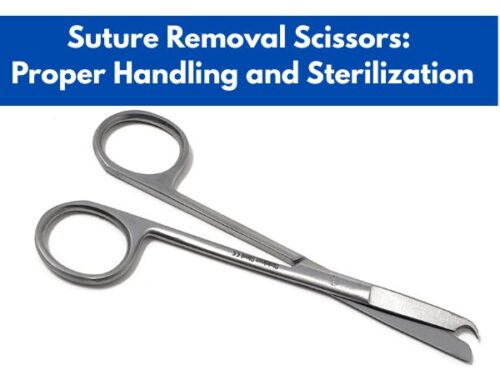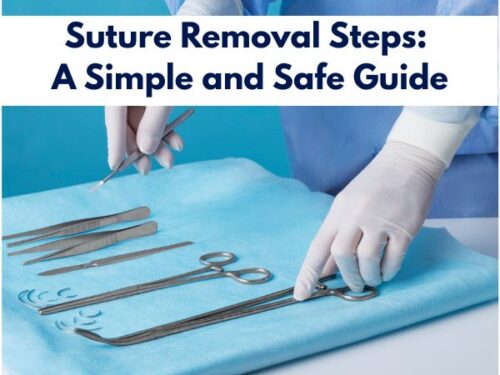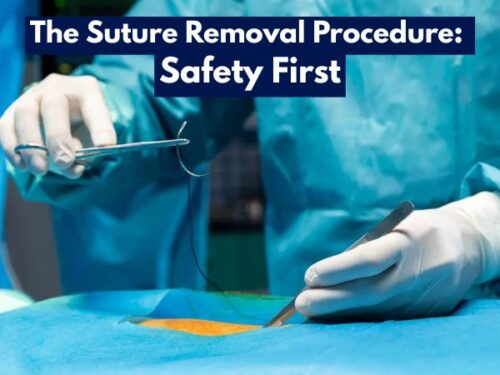How do you set up an IV fluid warmer?

The human body needs several resources to function properly. When the human body does not function properly due to any reason, it is important to recover it to its optimal health by using all the means that medical science can provide. For this reason, a wide range of medications and medical equipment have been developed. The purpose of using this equipment or medication is to assist the body in reaching its full potential. Some of the medical equipment is used to treat the ailments already present in the human body while others work as preventive devices and help to prevent undesirable consequences during the patient’s treatment.
Today we are going to discuss such a device, known as an IV fluid warmer, which is of great help in the treatment of patients and helps greatly in the prevention of hypothermia in surgical and other patients.
What is an IV fluid warmer?

Warming up IV fluids
IV fluids are intravenous fluids which mean they are injected into a person’s veins to help him recover from a sickness or injury. These fluids may be used during surgery or other treatments. But these fluids are not just directly injected into the patient. These intravenous fluids are heated according to the core body temperature before injecting them into a patient’s veins to prevent hypothermia. This warming up of IV fluids is done with the help of an IV fluid warmer. If IV fluids are not heated according to the core body temperature or above that, these can cause the patient to lose body heat faster resulting in hypothermia which can be fatal in some cases. Hypothermia can be disastrous in surgical patients as severe hypothermia can cause complete failure of the heart and respiratory system. Due to this, it is highly significant to warm IV fluids with the help of an IV fluid warmer before injecting them into a patient’s veins.
How to set up an IV fluid warmer
The procedure of setting up an IV fluid warmer consists of a series of steps that must be followed to properly warm up IV fluids. However, this process must be examined by a medical caregiver at all steps to make sure that the IV fluids are heated properly before use. Following are the complete steps on how to set up and use an IV fluid warmer for warming up IV fluids.
- The first step to set up an IV fluid warmer is to plug the machine in to turn it on.
- After plugging in and turning the IV fluid warmer on, you will need to turn the compressor on with the help of a switch.
- After this, you will need to turn the fluid warmer on using the switch.
- Once the fluid warmer is successfully turned on, it will display the temperature with the help of an LED display present on the IV fluid warmer.
- The fluid warmers use two options including a high flow set and a standard flow set.

IV fluid warmer
- In the case of a high-flow set, you will need to open the packaging of the set and slide it into the warmer. After that, you should make sure that the set is clamped off.
- After this, you will need to get the fluid that is required. Open the ends up and attach them to the fluid bag. Now open the section of the warmer and place the fluid bag in it and close the door.
- You can do the same procedure for other fluid bags if needed.
- Before opening it, you will need to get a hold of the drip tape chamber and turn it upside down and allow it to fill to two third. After this open it and invert it.
- After this, you should get the bubble trap and place it in the clamp folder after making sure that the clamp is closed.
- Now allow the line to fill. After doing this procedure, the set is now ready to be used. To infuse the fluids you will need to open only one side at a time if you are using multiple fluid bags. Then turn the pressure bag on and let the first bag infuse.
- After completion, turn it off and clamp it off. You can do this same procedure with the second bag.
- During the duration in which the second bag is infusing, you can change the first bag.
- To dismantle the system, first, make sure that everything is turned off, and then remove the bags.
- These IV fluid warmers should be kept clean by cleaning them regularly after every use to make sure that the warmer stays in its best condition.
- In the case of a standard flow set, you will only need the IV warmer and no pressure bags and compressor.
- Turn the warmer on and allow it to warm up.
- After opening the bag, insert it into the warmer.
- Take the chamber into the holder and use the set by taking the cap off and attaching it to the warmer.
- After attaching, allow the fluids to run through and fill the chamber.

Use of warm IV fluids in patients
The person who is responsible for warming up IV fluids must follow the guidelines as provided by the medical settings to control infection or any other undesirable consequences. It is also highly significant to take into consideration the hygienic rules which include wearing an apron and gloves to avoid direct contact with the fluids.
Conclusion
IV fluid warmers are specialized medical pieces of equipment that are highly significant in the treatment of patients as they help maintain normothermia by keeping the patient at a safe body temperature level. This device does so by warming up the IV fluids according to the core body temperature, which in turn helps to prevent hypothermia in patients. If IV fluid warmers are not used, the patients may develop hypothermia due to the infusion of intravenous fluids that are below the core body temperature and this can cause complications in patients. Therefore, to prevent any complications and ensure patient safety, IV fluid warmers must be used before all intravenous infusions.


















